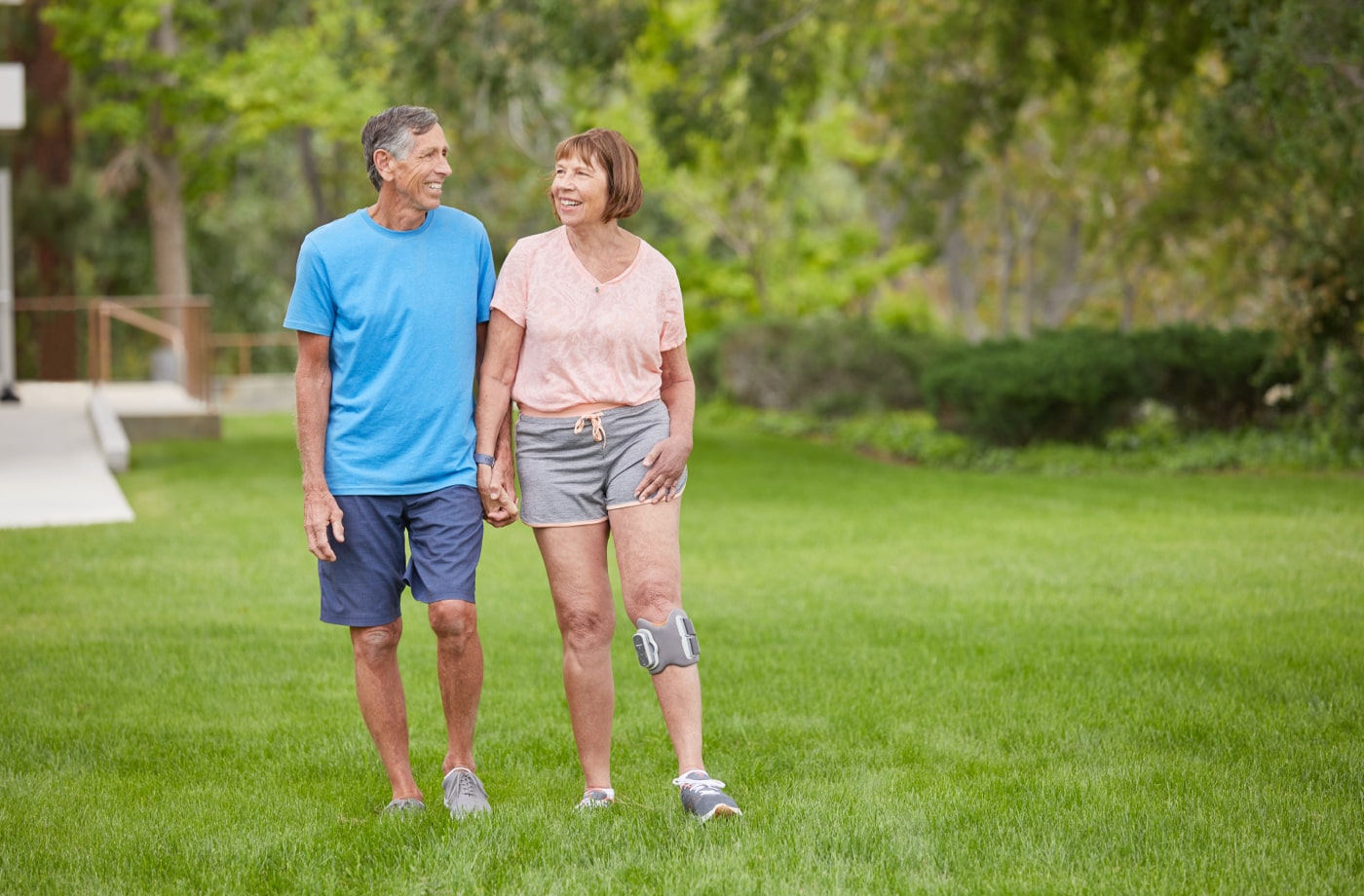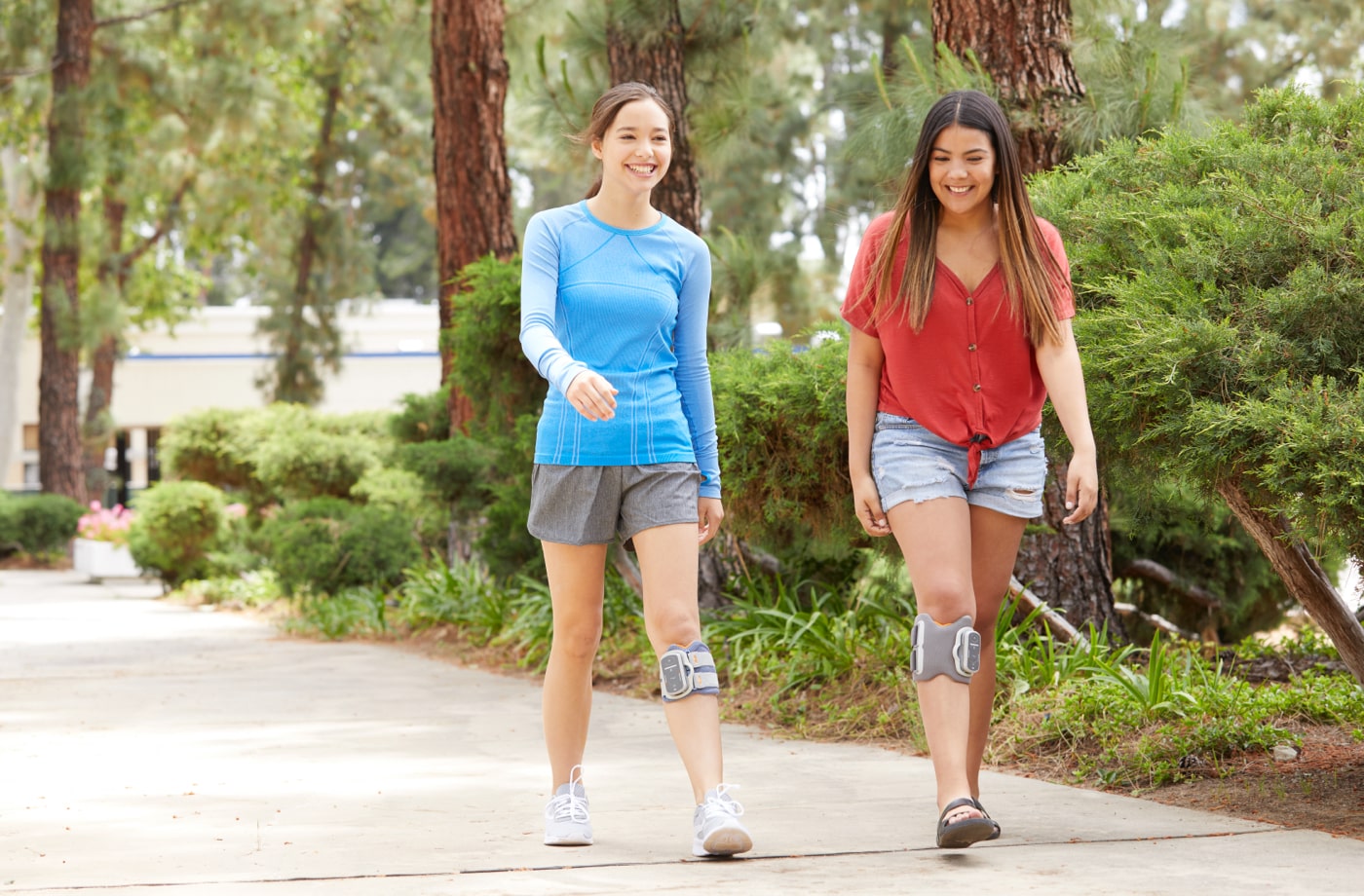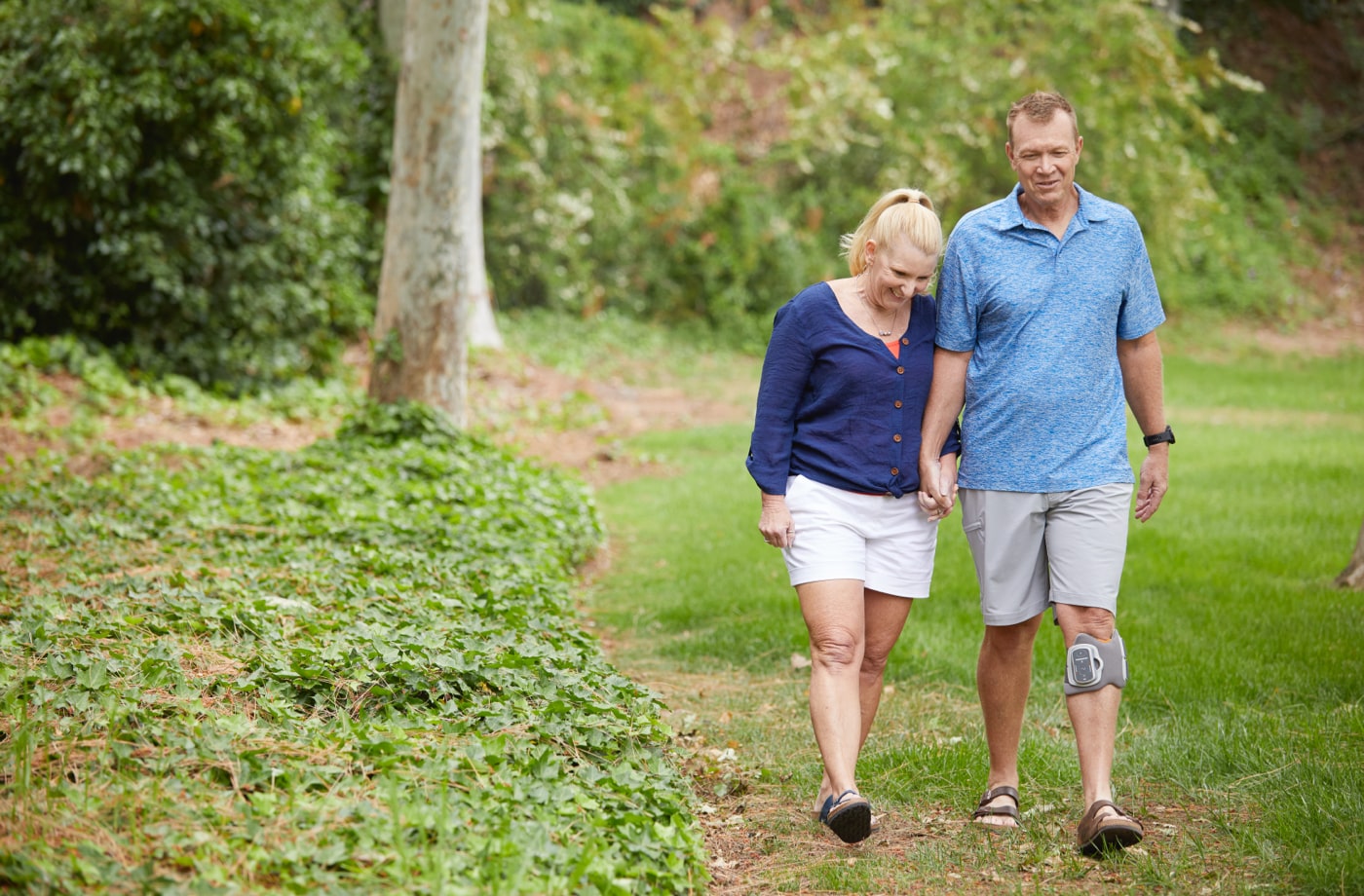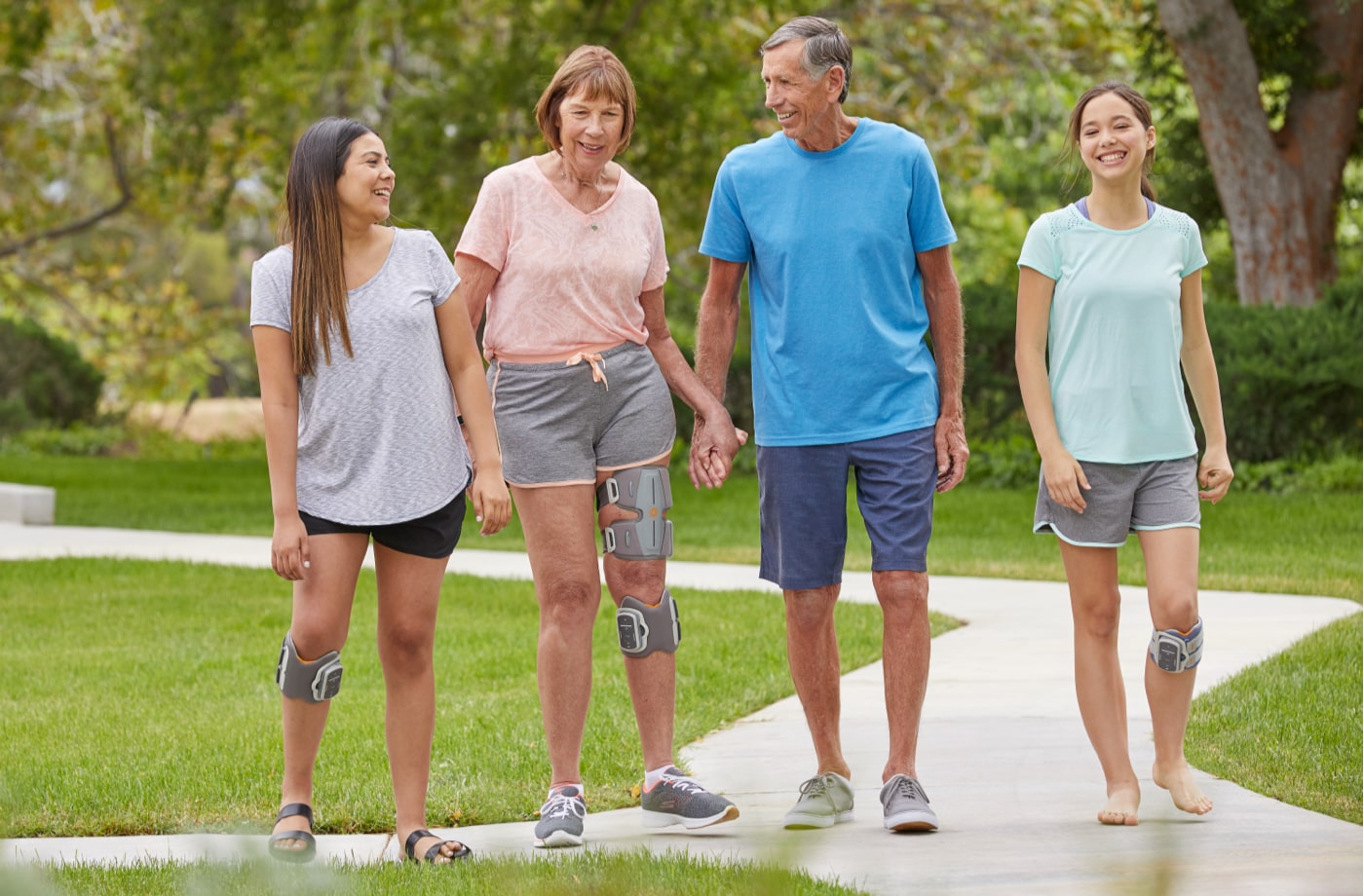Research Studies
Highlights of the clinical evidence supporting functional electrical stimulation (FES):

The effects of peroneal nerve functional electrical stimulation versus ankle-foot orthosis in patients with chronic stroke: a randomized controlled trial
Bethoux F, Rogers HL, et al. The effects of peroneal nerve functional electrical stimulation versus ankle-foot orthosis in patients with chronic stroke: a randomized controlled trial. Neurorehabil Neural Repair. 2014:28(7):688-97. doi: 10.1177/1545968314521007
Foot drop stimulation versus ankle foot orthosis after stroke: 30-week outcomes
Kluding PM, Dunning K, et al. Foot drop stimulation versus ankle foot orthosis after stroke: 30-week outcomes. Stroke. 2013;44(6):1660-9. doi: 10.1161/STROKEAHA.111.000334


Effect of a foot-drop stimulator and ankle-foot orthosis on walking performance after stroke: a multicenter randomized controlled trial
Everaert DG, Stein RB, et al. Effect of a foot-drop stimulator and ankle-foot orthosis on walking performance after stroke: a multicenter randomized controlled trial. Neurorehabil Neural Repair. 2013;27(7):579-591. doi: 10.1177/1545968313481278
Response and prediction of improvement in gait speed from functional electrical stimulation in persons with poststroke drop foot
O’Dell MW, Dunning K, et al. Response and prediction of improvement in gait speed from functional electrical stimulation in persons with poststroke drop foot. PM&R. 2014;6(7):587-601; quiz 601. doi: 10.1016/j.pmrj.2014.01.001


THE EFFECT OF THE NESS L300 NEUROPROSTHESIS ON GAIT STABILITY AND SYMMETRY
Hausdorff JM, Ring H. 2006. The effect of the NESS L300 neuroprosthesis on gait stability and symmetry (abstract included in CSM 2007 Platform Presentations). J Neurol Phys Ther. 30(4):198. doi: 10.1097/01.NPT.0000281266.34830.4b
Functional electrical stimulation improves motor recovery of the lower extremity and walking ability of subjects with first acute stroke: a randomized placebo-controlled trial
Yan T, Hui-Chan CWY, Li LSW. Functional Electrical Stimulation Improves Motor Recovery of the Lower Extremity and Walking Ability of Subjects With First Acute Stroke. Stroke. 2005;36(1):80-85. doi: 10.1161/01.STR.0000149623.24906.63

Contact us to schedule a demo with L300 Go or if you have questions about other Bioness products.
Indications for Use: The L300 Go System is intended to provide ankle dorsiflexion in adult and pediatric individuals with foot drop and/or to assist knee flexion or extension in adult individuals with muscle weakness related to upper motor neuron disease/injury (e.g., stroke, damage to pathways to the spinal cord). The L300 Go System electrically stimulates muscles in the affected leg to provide ankle dorsiflexion of the foot and/or knee flexion or extension; thus, it also may improve the individual’s gait.
The L300 Go System may also facilitate muscle re-education, prevent/retard disuse atrophy, maintain or increase joint range of motion, and increase local blood flow.
L300 Go is contraindicated in patients with a demand-type cardiac pacemaker, defibrillator or any electrical implant. Do not use the system on a leg where metallic implant is directly underneath the electrodes, a cancerous lesion is present or suspected, or on a leg with regional disorder (e.g., fracture or dislocation) which could be adversely affected by motion from the stimulation. Use caution in patients with diagnosed or suspected cardiac problems or epilepsy.
Full prescribing information can be found in product labeling or at: www.bionessrehab.com/l300/safety-information.
Instructions for Use / Patient Guides and Reference Cards can be made available upon request.
Contact [email protected] or 800-211-9136 to request an electronic copy.

